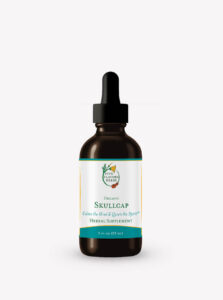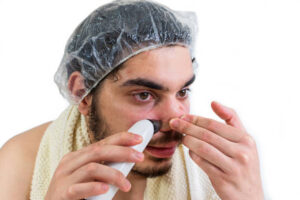What Are the Potential Risks and Side Effects of Vaginal Rejuvenation?
While vaginal rejuvenation procedures can offer various benefits, it’s essential to be aware of the potential risks and side effects associated with these treatments. Here are some potential risks and side effects to consider:
- Pain and Discomfort: Mild to moderate pain and discomfort are common after vaginal rejuvenation procedures, particularly surgical techniques like vaginoplasty or labiaplasty. Non-invasive procedures such as laser or radiofrequency treatments may also cause temporary discomfort or heat sensation during or after the procedure.
- Swelling and Bruising: Swelling and bruising in the treated area are typical side effects of vaginal rejuvenation procedures, especially surgical techniques. Swelling and bruising usually subside within a few days to a few weeks, depending on the extent of the procedure and individual healing factors.
- Infection: There is a risk of infection associated with any surgical procedure, including vaginal rejuvenation. Proper pre-operative preparation, sterile technique during the procedure, and post-operative wound care are essential for minimizing the risk of infection. Symptoms of infection may include increased pain, swelling, redness, or discharge from the surgical site and should be promptly reported to your healthcare provider.
- Scarring: Surgical vaginal rejuvenation procedures such as vaginoplasty or labiaplasty may result in visible scarring. While efforts are made to minimize scarring and achieve aesthetically pleasing results, some scarring may still occur. Scarring may fade over time but can be permanent in some cases.
- Changes in Sensation: Alterations in sensation, including increased or decreased sensitivity, numbness, or changes in sexual response, may occur after vaginal rejuvenation procedures. These changes are typically temporary but may persist in some cases.
- Adverse Reactions to Anesthesia: Surgical vaginal rejuvenation procedures are performed under anesthesia, which carries its own risks, including allergic reactions, respiratory issues, and adverse reactions to medications. Your healthcare provider will carefully evaluate your medical history and monitor you closely during the procedure to minimize these risks.
- Unsatisfactory Results: While vaginal rejuvenation procedures can achieve significant improvements in vaginal health and aesthetics, there is a possibility of unsatisfactory results. Factors such as individual anatomy, tissue characteristics, and healing response can influence the outcome of the procedure. It’s essential to have realistic expectations and open communication with your healthcare provider about your goals and concerns.
- Urinary or Bowel Dysfunction: In rare cases, vaginal rejuvenation procedures may lead to complications such as urinary or bowel dysfunction. This may include urinary retention, difficulty emptying the bladder, or changes in bowel habits. These complications are rare but should be promptly addressed if they occur.
It’s important to discuss the potential risks and side effects of vaginal rejuvenation procedures with your healthcare provider before undergoing treatment. Your provider can provide personalized guidance, address any concerns you may have, and help you make an informed decision about the most suitable treatment option for your needs and goals.





Post Comment